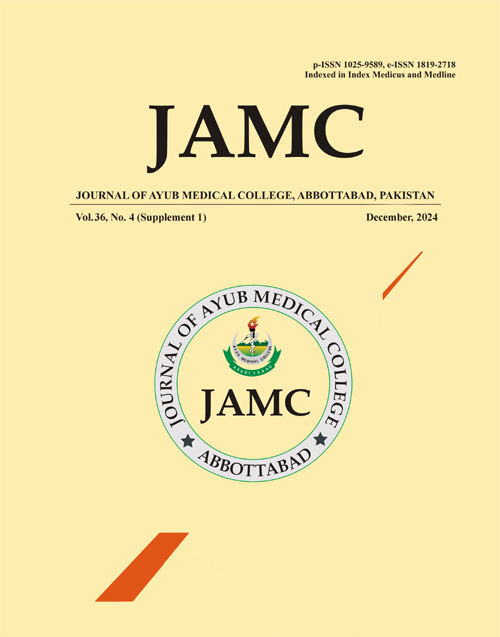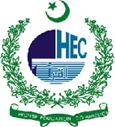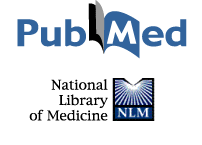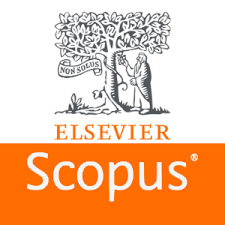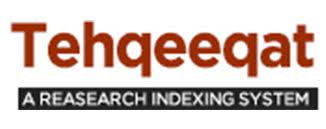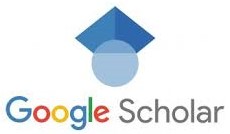EFFECT OF GAGNE’S EVENTS OF INSTRUCTION ON ACADEMIC PERFORMANCE OF POSTGRADUATE FCPS RESIDENTS IN OBSTETRICS AND GYNAECOLOGY
DOI:
https://doi.org/10.55519/JAMC-S4-14168Keywords:
Gagne’s Nine Events of Instruction, Academic Performance, Student-Centered teaching, Post graduate residentsAbstract
Background: Learning and teaching has been transformed from traditional teacher centered behaviorist approach to more preferred student-centered constructivist approach. Applying Gagne's nine-step model is a very effective way to enhance systematic learning of students. This research assesses the integration of Gagne’s instructional model for teaching sessions of postgraduate residents in obstetrics and Gynaecology. Methods: This quasi-experimental study was performed on FCPS postgraduate residents (PGRs) of the department of Obstetrics and Gynaecology, Ayub Teaching Hospital, Abbottabad. Twenty PGRs were assigned into two groups and teaching sessions were conducted using traditional and Gagne’s instructional model. Knowledge tests were used before and after both teaching sessions in order to assess academic achievement. In the analysis of academic scores, mean score differences were analyzed by using paired t-test. Results: An enhanced performance was evident in the post-test results of the group of postgraduate residents taught by incorporation of Gagne’s instructional model in teaching sessions compared to the conventional teaching style. The PGRs taught by lessons based on Gagne’s nine events of instructions had significantly higher post-test marks of 76.8% and 78.4% compared to pretest marks of 66% and 63.8% in Group-A & B respectively, (t=4.52; p<0.01), boosting their learning effectiveness by up to 10.8 and 14.8%. Conclusion: Gagne’s nine events of instruction provide a practical and effective framework for enhancing student engagement, retention, and academic performance in medical education. The findings support the adoption of structured, student-centered teaching strategies like Gagne’s instruction model to improve educational outcomes in PGRs in low-resource settings.
References
1. Ullah H, Rehman AU, Bibi S. Gagne's 9 events of instruc-tion—a time-tested way to improve teaching. Pak Armed Forces Med J 2015;65(4):535–9.
2. Gagné RM, Medsker KL. The conditions of learning: Train-ing applications. Centers for Teaching Excellence - Book Library. Harcourt Brace College Publication. 1996.
3. Khadjooi K, Rostami K, Ishaq S. How to use Gagne's model of instructional design in teaching psychomotor skills. Gas-troenterol Hepatol Bed Bench 2011;4(3):116–9.
4. Miner MA, Mallow J, Theeke L, Barnes E. Using Gagne's 9 events of instruction to enhance student performance and course evaluations in undergraduate nursing course. Nurse Educ 2015;40(3):152–4.
5. Lam TP, Lam YY. Medical education reform: the Asian expe-rience. Acad Med 2009;84(9):1313–7.
6. Silberman ML, Biech E, Auerbach C. Active training: a handbook of techniques, designs, case examples and tips. Fourth edition. Hoboken, New Jersey: Wiley, 2015; p.426.
7. Ali S, Ali L. Efficacy of Gagne’s nine events of instruction in improving the performance of undergraduate medical stu-dents. Adv Health Sci Educ 2015;1(2):65–8.
8. Islam N, Salam A. Evaluation of Training Session Applying Gagne’s Events of Instructions. Bangladesh J Med Sci 2019;18(3):552.
9. Pitter J. Faculty’s Perceptions of Gagné’s Nine Events of Instruction and Its Use in Health Care Program Instructional Design Methods (Doctoral dissertation, Wingate University) 2023.
10. Brown PC, Roediger HL III, McDaniel MA. Make it stick: The science of successful learning. Belknap Press. 2014.
11. Yilmaz K. Constructivism: Its theoretical underpinnings, variations, and implications for classroom instruction. Educ Horiz 2008;86(3):161–72.
12. Bastable SB. Nurse as Educator: Principles of Teaching and Learning for Nursing Practice. Jones & Bartlett Learning; 2021.
13. Salas E, Tannenbaum SI, Kraiger K, Smith-Jentsch KA. The science of training and development in organizations: What matters in practice. Psychol Sci Public Interest 2012;13(2):74–101.
14. Daniel A, Nagandla K, Daniel S. Application of Gagné’s Instructional Design in Clinical Simulation: Enhancing Learning in Obstetric Emergency Management. Cureus 2025;17(1):e76845.
15. Sajid MR, Shaikh AA. Using Gagne’s model in hematology residency. J Health Spec 2015;3(1):47.
16. Wessels A, Fries S, Horz H, Scheele N, Effelsberg W. Interac-tive lectures: Effective teaching and learning in lectures us-ing wireless networks. Comput Hum Behav 2007;23(5):2524–37.
17. Teoh BS, Neo TK. Innovative teaching: Using multimedia to engage students in interactive learning in higher education. In IEEE. 2006; p.329–37.
18. Cook DA. The value of simulation-based learning in medical education. Adv Health Sci Educ 2009;14(3):207–8.
19. Swanwick T. Understanding medical education: Evidence, theory, and practice. Wiley-Blackwell; 2014.
20. Dent JA, Harden RM. A practical guide for medical teachers. Churchill Livingstone Elsevier; 2013.
21. Greenhalgh T. How to read a paper: The basics of evidence-based medicine. BMJ Books; 2019.
22. Cantillon P, Wood D. ABC of learning and teaching in medi-cine. BMJ Publishing Group. 2010.
Downloads
Published
How to Cite
Issue
Section
License
Copyright (c) 2024 Sadia Habib

This work is licensed under a Creative Commons Attribution-NoDerivatives 4.0 International License.
Journal of Ayub Medical College, Abbottabad is an OPEN ACCESS JOURNAL which means that all content is FREELY available without charge to all users whether registered with the journal or not. The work published by J Ayub Med Coll Abbottabad is licensed and distributed under the creative commons License CC BY ND Attribution-NoDerivs. Material printed in this journal is OPEN to access, and are FREE for use in academic and research work with proper citation. J Ayub Med Coll Abbottabad accepts only original material for publication with the understanding that except for abstracts, no part of the data has been published or will be submitted for publication elsewhere before appearing in J Ayub Med Coll Abbottabad. The Editorial Board of J Ayub Med Coll Abbottabad makes every effort to ensure the accuracy and authenticity of material printed in J Ayub Med Coll Abbottabad. However, conclusions and statements expressed are views of the authors and do not reflect the opinion/policy of J Ayub Med Coll Abbottabad or the Editorial Board.
USERS are allowed to read, download, copy, distribute, print, search, or link to the full texts of the articles, or use them for any other lawful purpose, without asking prior permission from the publisher or the author. This is in accordance with the BOAI definition of open access.
AUTHORS retain the rights of free downloading/unlimited e-print of full text and sharing/disseminating the article without any restriction, by any means including twitter, scholarly collaboration networks such as ResearchGate, Academia.eu, and social media sites such as Twitter, LinkedIn, Google Scholar and any other professional or academic networking site.

